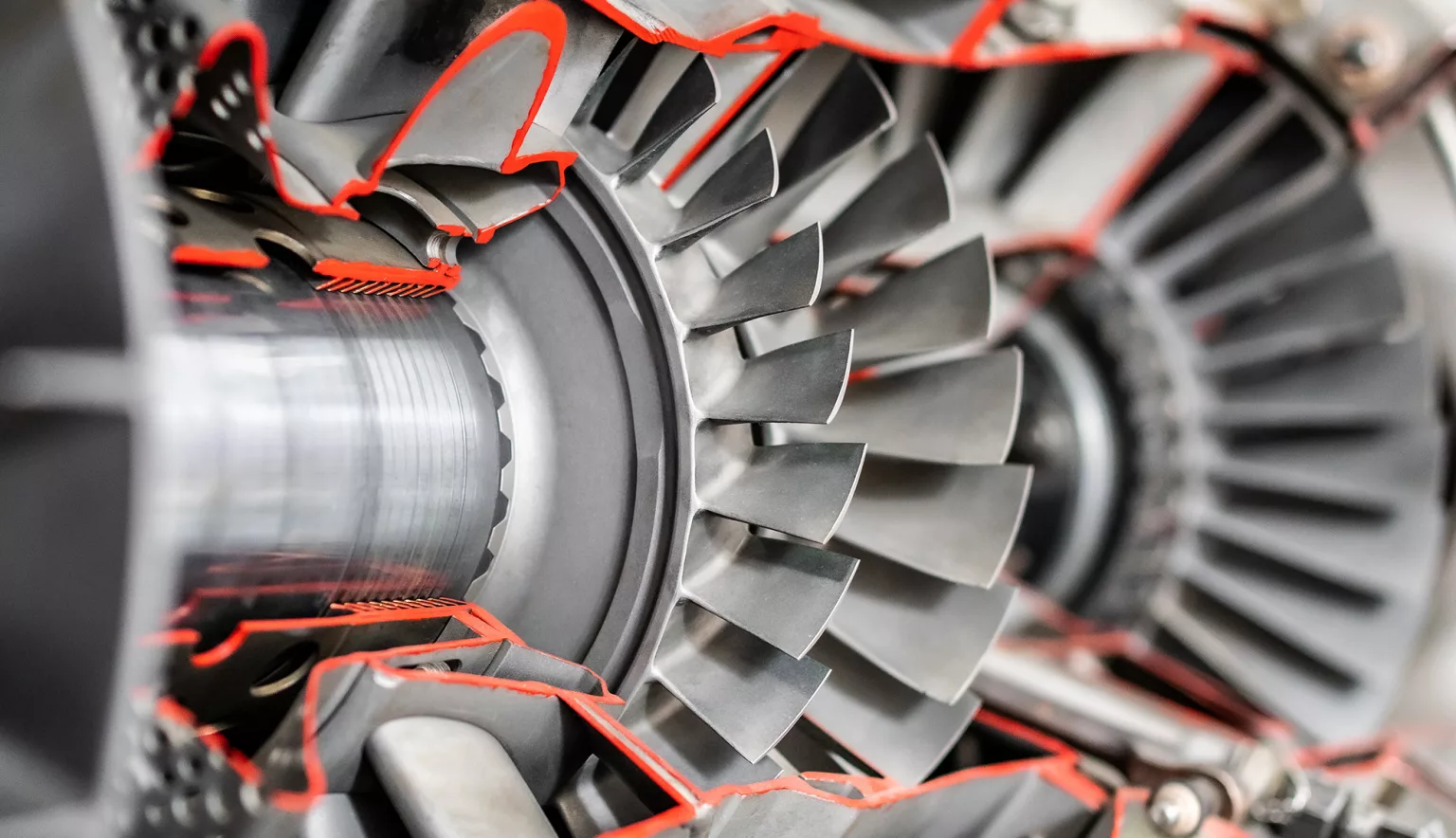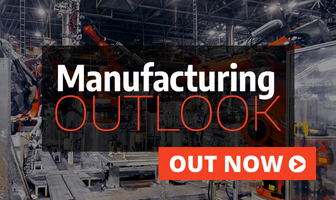Bucharest-based Turbomecanica continues to fuel aerospace and other industries with high quality components and repair services, the company seeking to expand its civil engine MRO activity.
ROMANIA’S AERONAUTICAL ENGINE ROOM
Europe’s early aviation industry owes a lot to the work of Romanian pioneers.
Take Traian Vuia, who designed, built and tested the first monoplane on the continent which flew using its own onboard power in 1906. Though not as well-known as the Wright brothers, Vuia usurped their achievement, the duo flying the first catapulted aircraft in 1903.
Another example is Henri Coandă who, despite his claims being disputed, is said to have designed the world’s inaugural jet aircraft in 1910, an invention he presented at the International Aeronautics Exhibition in Paris. The Coandă effect – the tendency of a moving fluid to attach itself to a surface and flow along it – was also discovered by the Romanian inventor, albeit by mistake during an aeronautical experiment.
Fast-forward to today and Romania is home to several companies with a strong expertise in the aerospace manufacturing and maintenance sphere. Multinational giants are also present in the country, the likes of General Electric and Airbus with substantial production hubs.
Key partner to such firms is Bucharest-based Turbomecanica. The only Romanian manufacturer of turbo jet and turbo shaft engines and an internationally recognised supplier of high complexity engine and helicopter components, it is one of few native firms certified by the European Union Aviation Safety Agency (EASA).
“For 45 years Turbomecanica has been the only national manufacturer and provider of MRO services to the Romanian Ministry of Defence, Secret Services and Navy with regards to engine and helicopter dynamic assemblies concerning components such as the main gearbox, tail gearbox, main rotor head and transmission shafts,” explains Claudia Anghel, the firm’s Financial and Commercial Director.
“Nowadays we are the only company that provides MRO services to the engine and dynamic assemblies of the Romanian helicopter PUMA SA 330 and IAR 99 Şoim trainer fleet.
“On the international side, for almost 20 years we have served as a reliable supplier for Leonardo Helicopters, a business which has developed through the years and for which we now deliver a completely in-house manufactured and tested tail gearbox under EASA Parts 21G Certification, as well as main gearbox components.”
Turbomecanica’s reputation for quality has also earned it a place on General Electric’s approved suppliers list, the firm working from its 41,000 square metre industrial platform in the Romanian capital.
Here its 475 skilled staff work from two engine test benches, three gearbox test benches, an assembly/disassembly shop, two machining shop floors, chemical and metallurgical laboratories, and specialised areas for heat treatment and chemical processes.
POWERED BY KNOWLEDGE
And it is this cohort of expertise that the Commercial and Financial Director believes sets Turbomecanica apart in its field.
“Given the fact MRO is our main activity, we have a unique mix of capabilities which are certified internationally,” she explains. “This mix of capabilities comes with dimensional and quantitative constrains but is enhanced by our technical knowhow which is constantly challenged and recognised by our customers.
“In other words, we are a company that excels at highly complex, sensitive and critical parts up to one metre in diameter and of low to medium yearly demand, which requires top level engineering and special OEM design processes.”
Finding the necessary skills is however, by Anghel’s own admission, a challenge.
To tackle this, Turbomecanica has established a partnership with the aerospace engineering faculty of the Bucharest Polytechnic University. It also runs classes under the duel education system with the aim of recruiting aviation mechanics upon graduation from the Henri Coandă Bucharest aviation industrial high school.
The company is a firm believer in the duel system, working with Romania’s National Authority for Professional Education to promote and develop this method of learning.
External knowledge is also vital to the smooth running of Turbomecanica, as explained by Anghel: “Our success is based on our reliable partners and suppliers who contribute to our growth by delivering performance in terms of quality and lead time.
“We have built a strong supply chain by constantly measuring performance and working together towards our common goals, which are not only to carry on the Romanian aerospace tradition, but also to expand our aviation legacy towards new challenges.”
BRANCHING OUT
An ongoing challenge (and opportunity) is being able to blend the MRO activity with component supplier work in terms of resource planning and lead-time, Turbomecanica adopting several continuous improvement policies centred around technical design and cost reduction.
This balancing act will be tested further as the company takes on fresh endeavours, a prospect which fills Anghel with optimism.
“We are a private company acting in a stimulating international market economy and in the position, independent of the Romanian political environment, to develop and prioritise our company strategy and future development in terms of business growth,” she says.
“At the moment we are actively concerned with preparing our company for the set up and smooth transition towards a future upgrade of the national helicopter fleet, as well as for the development of MRO services for civil aerospace.”
It is the latter venture into the civil aviation domain that is particularly exciting.
Having cornered the domestic military space, Anghel simply makes the point of “why stop here?”, outlining that there is an entire market out there in need of specialised MRO services.
Turbomecanica’s location, near Bucharest’s largest airport, combined with its capabilities, facilities and ever-heightening needs of OEMs and airlines makes for a potentially lucrative venture, the company in the process of applying for the EASA Part 145 certification it needs to expand into a civil engine MRO station.
“This will secure the business’s continuity plan and create new growth opportunities when thinking long term,” says the Commercial and Financial Director.
“Our plans include a complete upgrade of one test bench to accommodate the testing of two different civil engine types, building a new assembly/disassembly facility on the available location and training the team to face the new challenges.”
This will require sustained investment, Anghel revealing that the firm will introduce a structured spending plan amounting to €25-30 million, activity which will need to be supported by revenue growth in its current core activities.
“We are not losing focus on our mission as a component supplier,” she says, “and therefore another target for 2020 is to continue what we started in 2019 and expand some machining processes critical to the demand increase forecasted by our international customers.
“I can sum up the coming year in three words – challenge, expansion and growth.”





















